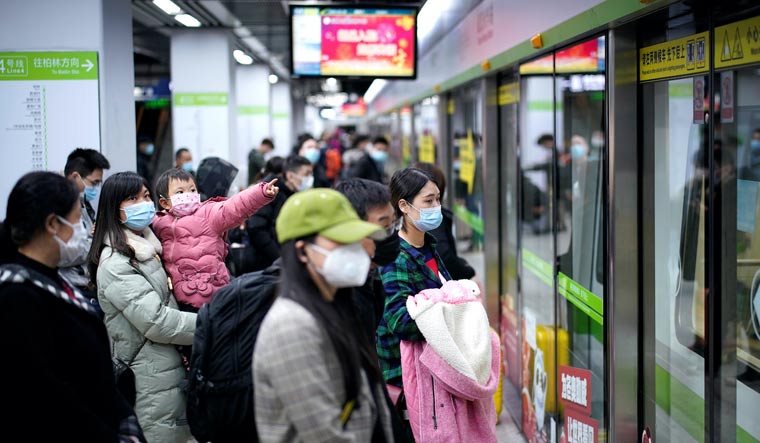A year since the first known cases of COVID-19 and China’s reported figures remain shrouded in mystery. China claims to have had just over 80,000 cases—this, in the country believed to be the origin for the pandemic, even as neighbouring India and the across-the-Pacific United States clocked cases in the millions.
Now, a first-ever study by the Chinese Center for Disease Control and Prevention (CDC) has found that over 4 per cent of Wuhan’s population had antibodies for the virus—meaning over half a million people, ten times the official number recorded in the city, had contracted the virus.
The study was based on blood samples from 34,000 people in Wuhan as well as in the surrounding Hubei province, Beijing, Shanghai and four other provinces. Serological tests for antibodies or blood proteins helped detect whether the body had encountered COVID-19. 0.44 per cent of Hubei samples had antibodies, while only two previous infections were detected in the 12,000 tested outside the province.
The CDC attributes the low infection outside of Hubei to effective disease control measures in Wuhan that “effectively prevented the virus from spreading on a large scale”. China was the first country to declare a strict lockdown to combat the virus. After the outbreak began in Wuhan, China contained the Hubei province. It later employed strict testing strategies including testing entire city populations after a few cases were detected, doing so in Qingdao, Kashgar and most recently in the port city of Dalian.
With Wuhan having reported 50,354 cases so far, the half a million figure suggested by the CDC study suggests ten times as many had the virus than was known or reported.
This is not unique to China: In many other countries, serological surveys have identified many more people likely to have been infected than what was reported through confirmed tests. A serological survey in Iran showed general antibody prevalence of 17.1 per cent; in the US, a November survey found that 20 per cent of New Yorkers may have been infected, and a similar survey in Delhi found that almost every household had been infected by the virus, with one in four testing positive for antibodies.
Nonetheless, China—which had been accused of hiding its COVID-19 figures from the beginning—faces increasing international scepticism over its figures. Now, a team of researchers supervised by the World Health Organisation and China is set to visit Wuhan in a bid to identify the exact origin of the virus. Early theories, including the possible role of the Huanan seafood wet market, will be investigated; whether the virus came from a bat or a pangolin, or possibly even from a farmed species like the mink in Denmark believed a source of a new strain of the virus (which prompted their mass killing).







